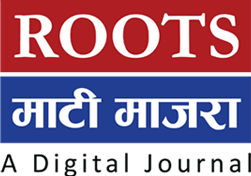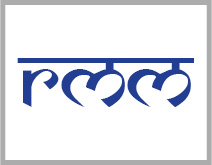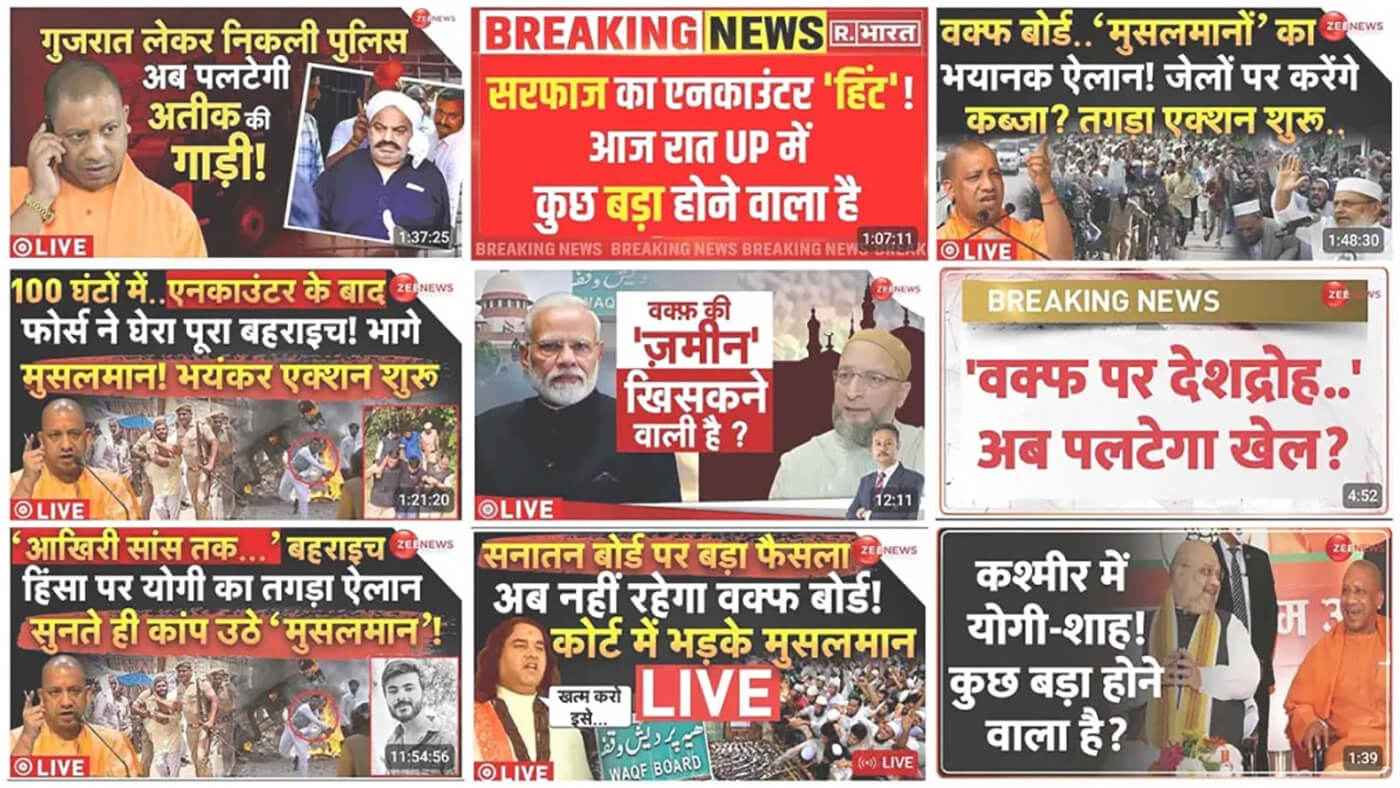From “Ab Hoga Khel” to “Kuch Bada Hone Wala Hai”: the quest for engagement prioritizes sensationalism by using ‘!’ and ‘?’, leading to a rise in misleading news and toxic narratives in viewers’ minds at the cost of fact, truth and reality,
In today’s digital landscape, especially on YouTube channels, thumbnails serve as the first impression of online content, wielding the power to shape perceptions in an instant. However, many thumbnails are crafted with a dangerous agenda, prioritising the ‘click of the mouse’ over truth. Eye-catching visuals often lure viewers into a web of misleading narratives and hate-driven rhetoric, particularly around burning topics like supremacy, religion and other ‘social issues’. These sensational images transform the quest for engagement into a perilous game of misinformation. As sensationalism reigns supreme, the line between fact and fiction blurs, fostering a culture of division and fear. This exploration of thumbnails reveals how they manipulate emotions, encouraging the consumption of hateful and misleading content for profit.
The distinction between the themes of thumbnails and the actual content of video is stark, often serving merely as a trigger to provoke viewers into clicking on sensational videos. This tactic exploits ongoing, contentious issues that evoke curiosity and generate excitement among audiences. Thumbnails designed to capture attention ask questions like, “What will happen next?” This psychological appeal plays into a fundamental human tendency to seek out information about impending developments (and often, accompanied by a sense of apprehension, or doom).
Media channels compete fiercely to deliver the latest updates, often prioritizing sensationalism over accuracy.
For example, when gangster Atiq Ahmad was transferred from Gujarat to Uttar Pradesh in Umesh Pal murder case, media outlets sensationalised the event with dramatic thumbnails reading “Encounter” or “Accident,” creating an atmosphere of anticipation.
From “Ab Hoga Khel” to “Kuch Bada Hone Wala Hai,” the pursuit of engagement in Indian media has increasingly prioritised sensationalism, leveraging eye-catching punctuation like exclamation marks and question marks. This strategy aims to captivate viewers, often at the expense of truth. As headlines grow more dramatic, they foster an environment ripe for misleading news and toxic narratives. Thumbnails designed to grab attention can misrepresent the actual content, leading to a cycle of misinformation. In this race for views, media outlets often harvest hate and divisive content, exacerbating communal and social tensions.
The lure of sensationalism
The YouTube media environment is a bustling arena where competition for viewer attention is fierce. In this race, headlines have transformed into clickbait, carefully crafted to provoke emotional responses rather than inform. The use of punctuation marks like exclamation points and question marks has become a hallmark of this sensationalism. A simple headline can shift from informative to inflammatory with just a few strategic characters.
Take, for instance, the phrase “Kuch Bada Hone Wala Hai” (Something Big Is Going to Happen), this phrase evokes curiosity and anticipation, especially for J&K reporting and the issue involves communal agenda. It draws viewers in, promising excitement or drama. When paired with an exclamation mark, the urgency escalates, making it almost impossible for viewers to scroll past without clicking. But what lies behind these headlines often falls short of the promises made, leaving viewers with distorted narratives that can shape their beliefs and attitudes in harmful ways.
Reporting of Bahraich violence
Pertinently, during the recent Bahraich violence, YouTube news channels of several media houses resorted to inflammatory and provocative thumbnails, effectively sensationalising the events to create a dramatic climax. Phrases like “100 Ghanto Main… Encounter Ke Baad, Force Ne Ghera Pura Bahraich! Bhage Musalman! Bhayankar Action Shuru” dominated their narratives, casting the incident in a sensational light that fueled fear and division. Further inflammatory headlines, such as “Bahraich Hinsa par Yogi ka tagda aylaan, sunte hi kamp uthe ‘Musalman’!”, served to criminalize a particular community, reinforcing harmful Islamic stereotypes and framing the narrative as a government versus Muslim conflict.
This approach not only misrepresents the complexity of the situation but also positions UP Chief Minister Yogi Adityanath as a savior figure in the face of alleged threats. Media coverage linked various incidents—from the Durga Puja pandal dispute to the murder of Ram Gopal Mishra and the arrests of suspects—using hate-filled thumbnails to garner mass viewership through sensationalism. By prioritising provocative imagery and sensational headlines, these channels contribute to a divisive atmosphere that undermines community cohesion.
(CJP)




